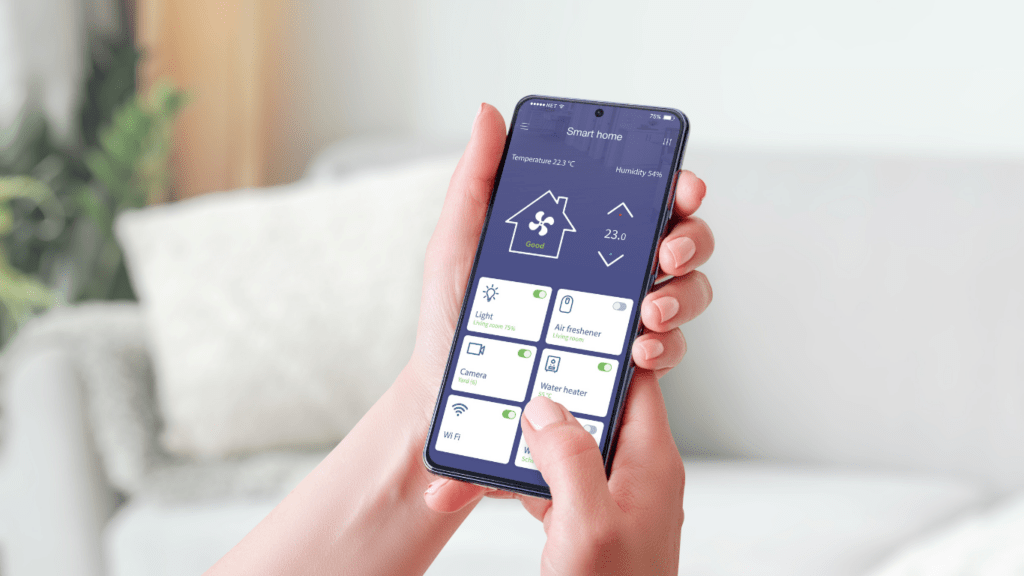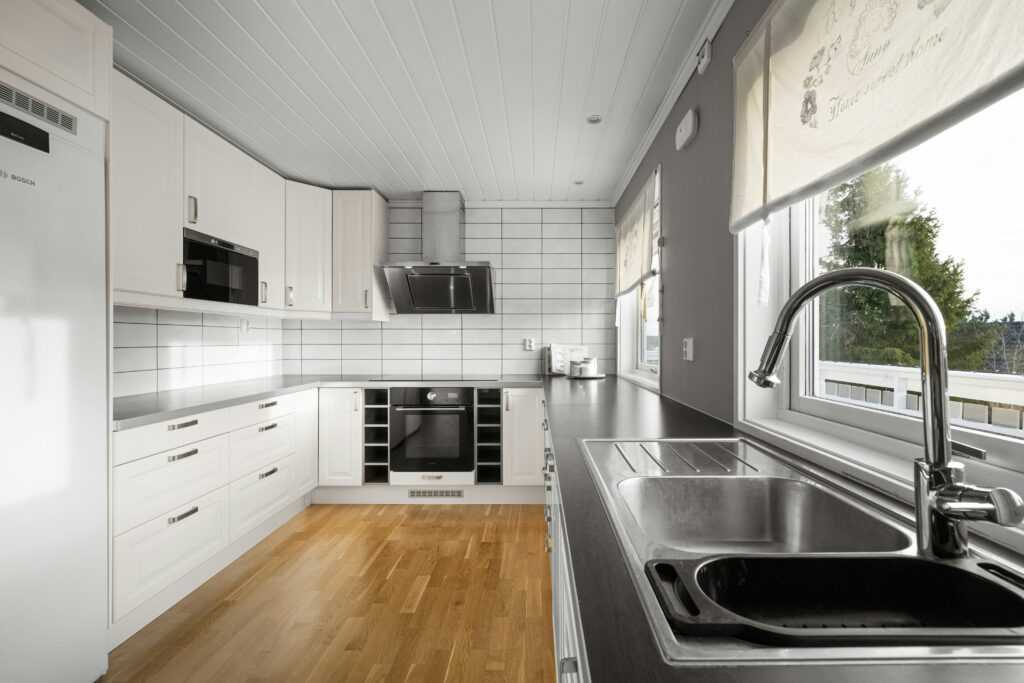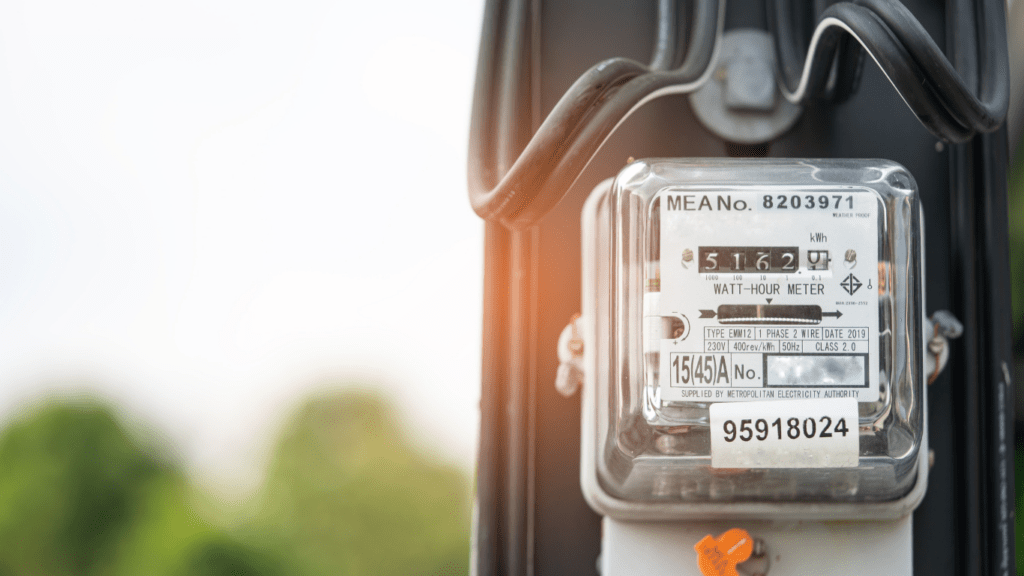Living in a world where our everyday tasks seamlessly integrate with technology is no longer a distant dream—it’s becoming a reality. As technology continues to advance, the concept of smart living is revolutionizing how we interact with our homes, making them more efficient, convenient, and connected than ever before. From controlling our home’s temperature with a simple voice command to setting automated routines for household chores, the future of smart living is all about simplifying our lives.
Imagine waking up to a house that anticipates your needs, adjusts the lighting to match your mood, and brews your coffee just the way you like it—all without you lifting a finger. This is the promise of automation in everyday tasks, where mundane activities are taken care of, allowing us to focus on what truly matters. Join me as we explore the exciting possibilities and implications of automating everyday tasks in the quest for a more streamlined and futuristic way of living.
Importance of Automating Everyday Tasks
Streamlining daily routines through automation plays a crucial role in enhancing efficiency and convenience in our lives. The integration of technology into household activities allows us to delegate mundane tasks to smart systems, freeing up time for more significant engagements. Anticipating our needs and automating repetitive chores, the concept of smart living paves the way for a more streamlined and futuristic lifestyle.
Advantages of Smart Living
As I delve into the advantages of smart living, it’s clear that automation brings a myriad of benefits that can significantly enhance our daily lives.
Increased Efficiency in Daily Life
Automating everyday tasks improves efficiency by reducing the time and effort required for mundane activities. Smart devices streamline processes, such as adjusting home temperatures or scheduling repetitive chores, allowing me to focus on more meaningful tasks. By integrating technology into daily routines, I can efficiently manage my time and accomplish tasks with greater ease.
Enhanced Convenience and Comfort
Smart living offers unmatched convenience and comfort by simplifying daily activities. Through automation, tasks like grocery shopping, home security, and entertainment can be seamlessly controlled with minimal effort. Smart devices anticipate my needs and adjust settings accordingly, enhancing my overall comfort and convenience. The ability to remotely monitor and control household functions adds a layer of ease and relaxation to my daily life.
Integration of Automation in Homes

Automating everyday tasks has revolutionized the way we live, making our homes smarter and more efficient. By integrating automation into our daily routines, we can enjoy a seamless living experience that enhances comfort and convenience. Smart devices and systems play a pivotal role in this transformation, offering a wide range of benefits to homeowners looking to streamline their lifestyle.
Smart Devices and Systems
Smart devices and systems are the backbone of automated homes, providing connectivity and control at our fingertips. These devices encompass a variety of technologies, including smart thermostats, light bulbs, security cameras, and virtual assistants like Alexa and Google Home. Integrating these devices into our homes allows us to manage and monitor various functions remotely, enhancing security, energy efficiency, and overall convenience.
Some examples of smart devices include:
- Smart thermostats that adjust temperature settings based on occupancy patterns, saving energy and optimizing comfort.
- Connected light bulbs that can be controlled through mobile apps or voice commands, offering customizable lighting solutions.
- Security cameras equipped with motion detection and real-time alerts, providing enhanced surveillance and peace of mind.
- Virtual assistants that can manage schedules, set reminders, answer queries, and control other smart devices, simplifying daily tasks and routines.
By incorporating these smart devices and systems into our homes, we can create a personalized and intelligent living environment that adapts to our needs and preferences. The seamless integration of automation not only enhances efficiency but also elevates our quality of life, making everyday tasks easier and more enjoyable.
Challenges of Embracing Smart Living
Transitioning to a smart living lifestyle comes with its own set of challenges, primarily revolving around the integration of various devices and the potential concerns related to privacy and security.
- Device Compatibility: Ensuring that all smart devices are compatible with each other can be a hurdle. Different brands often use proprietary technologies that may not always work seamlessly together, requiring extra effort to ensure a harmonious setup.
- Initial Setup Complexity: The initial setup of smart devices can be daunting for some individuals, especially those who are not familiar with technology. Configuring multiple devices to work in unison and troubleshooting any connectivity issues can be time-consuming.
- Data Privacy Concerns: With the increased connectivity of smart devices, there is a valid apprehension regarding data privacy. Individuals need to be cautious about the information collected by these devices and how it is being used or potentially shared with third parties.
- Cybersecurity Risks: The interconnected nature of smart devices poses cybersecurity risks. Weak points in any device could potentially compromise the entire network, making it essential to prioritize security measures such as strong passwords and regular software updates.
- Dependency on Technology: Relying heavily on smart devices for everyday tasks may lead to a certain level of dependency. In case of malfunctions or technical issues, individuals might face disruptions in their routines until the problem is resolved.
Embracing smart living involves overcoming these challenges by staying informed about the products being used, implementing robust security measures, and being proactive in addressing any issues that may arise. By recognizing these hurdles and taking necessary precautions, individuals can make a smooth transition to a more automated and efficient living environment.



